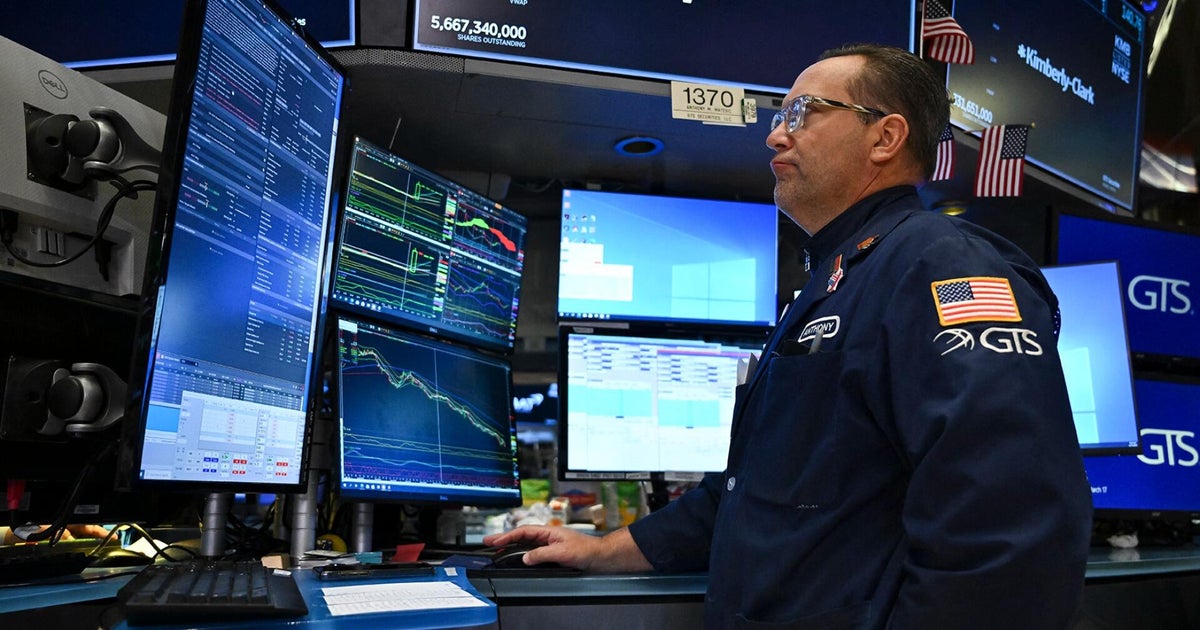Corporate pension relief: Who benefited most?
In 2012, Congress passed a law whose supporters predicted would encourage companies to invest in their business and create new jobs. The legislation -- Moving Ahead for Progress in the 21st Century Act (MAP-21) -- didn't aim directly at generating employment but instead reduced the minimum amounts companies must contribute to their pension plans.
However, an academic study in the latest issue of The Accounting Review by University at Buffalo accounting expert Michael Dambra found little evidence of the benefits the law's backers had promised. It turns out that businesses used their windfall to either boost their balance sheets or buy back their own stock.
"Of the estimated $145 billion in pension funding relief provided by MAP-21, managers spent nearly $40 billion on stock repurchases and retained more than $52 billion on their balance sheets," Dambra said in a press release.
He examined mandatory pension contribution data collected by the U.S. Department of Labor, before and after the passage of Map-21, to analyze how the law affected firms' capital budgeting and financing policies. Capital spending, employment research and development, and cash acquisitions -- which were supposed to increase -- showed no unusual changes in the two years after the law passed.
Had the law not been enacted, Towers Perrin projected that required pension contributions would have nearly doubled between plan years 2011 and 2013 to $71.7 billion. The funding obligation for 2015 would have reached $105.8 billion.
Congress has extended MAP-21, which also funds surface transportation projects, exacerbating America's pension underfunding crisis and causing a wealth transfer from pension holders to shareholders as companies continue to invest tens of billions in repurchasing their stock, according to Dambra.
Other studies point out that many corporate pension plans remain seriously underfunded. A 2016 report from Citibank (C) argued that the pension plans of companies in the S&P 500 alone were underfunded by $375 billion as of the end of 2015, with the top 25 underfunded plans accounting for more than $225 billion of that amount. That's a sea change from 2007 when those plans were fully funded.
The picture for public pensions is even more dire. Moody's estimated in 2016 that state pensions would be underfunded by $1.75 trillion this year, an increase of 40 percent from 2016.
It's no wonder that Americans are increasingly working past retirement age. The Pew Research Center found last year that more senior are working full-time than in previous years, continuing a trend starting during the Great Recession. A recent BankRate survey found that 27 percent of baby boomers had no emergency savings.



